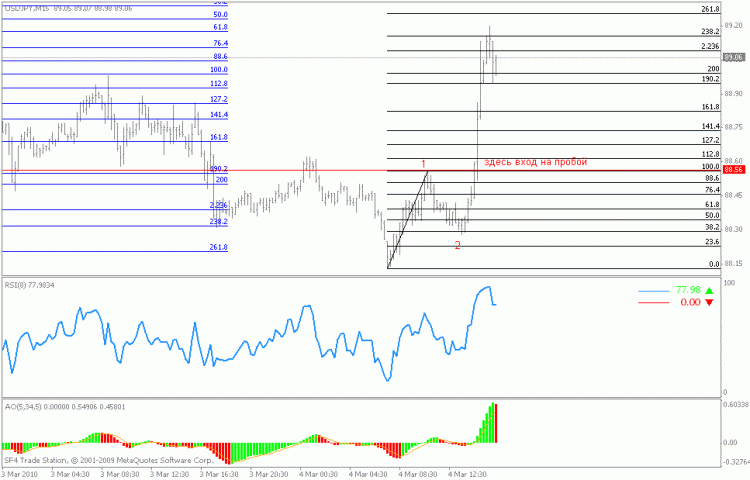You are missing trading opportunities:
- Free trading apps
- Over 8,000 signals for copying
- Economic news for exploring financial markets
Registration
Log in
You agree to website policy and terms of use
If you do not have an account, please register
Fixed the redraw. Everything should work fine.
Parameters:
Nlin - minimum length of the lin. regression channel in bars
r0 - maximum double channel width in points
t0 - target relative to the channel width
useClose - if true - closing prices are used, if not - High/Low
Nbars - depth of bar history for indicator calculation
Надо Юру Зайцева https://www.mql5.com/ru/users/yuraz найти его любимая тема
пробоя утреннего флета EURUSD
В свое время писал даже индикатор который в верхнем левом углу выставлял разницу валют мз списка к доллару
Стратегия основывалась на фиксации данных до начала европейскрй после окончания азиатсякой
сессии по парам через USD если бакс падал был в красной зоне
то скорее всего пробитие максимума пред дня если доллар в зеленой зоне т.е расчет ко всем валютам
пробитие минимума пред дня
Если ни чего не путая то так
https://www.mql5.com/ru/forum/116916
https://www.mql5.com/ru/forum/107695
а вот сдесь даже куча индикаторов
https://www.mql5.com/ru/forum/116916/page4#163652
Thank you!
YuraZ has read the YuraZ thread, but it wouldn't hurt to refresh it. I'll have a look at the indicators.
Индикатор хороший, идея отличная! Только вот как бы придумать алгоритм определяющий истинный это пробой или ложный. Пока ничего лучшего в голову не приходит кроме как ставить пару стоповых ордеров на каком-то расстоянии от Close пробойной свечи, так как уж слишком много ложных пробоев.
You could try using a 1-2-3 pattern. And becomes only on a breakdown of the 1st high or high. I have shown in the screenshot approximately.
Можно попробовать использовать паттерн 1-2-3. И становится только на пробое 1-го максимума или максимума. Я показал на скриншоте примерно.
Yeah, it's all coming together!
I'm wondering how to attach a 1-2-3 to my indicator myself.
Ага, мысли сходятся!
Сам думаю, как к моему индикатору 1-2-3 прикрутить.
Here's an indicator I found in mine. It's done by fractals on the current time frame. It can be done here as well. Or by low timeframe, searching for the minimum fractal for the time interval.
Here's an idea for an owl on the last thing I saw
Put two pendants on the "end" of the channel
1. A simple example, the pendent triggered - the price went exactly where it was supposed to go
2. 2 pending orders triggered - but it's not a dead end here either; please read this and it will work easily if calculated appropriately
Closing of opposite positions
An opposite position is considered as an opposite position for the same instrument. If there is one or more opposite positions, the position can be closed with the opposite position. To do so, first open the "Order" window (see above for opening methods). Then, in the "Type" field, select "Close by Matching Position". A list of all opposite positions will appear at the bottom of the window. A matching position must be selected in the list, and the "Close..." button is activated. This allows you to close two positions simultaneously. If the opposite positions have different lot sizes, only one remains open. The volume of this position (number of lots) will be equal to the difference in lots of the closed positions, and its direction and the opening price (short or long) will be equal to the greater (by volume) of the positions being closed.
"Bythis you mean that if you have an open position, i.e. a long position for both buying and selling of the same asset - for example buy 1 lot and sell 1 lot, you will lose the spread in 2 lots when you close those positions. If you close these positions counter - then you only lose the spread for 1 lot and for the second lot it comes back. "
3. what to screw 1-2-3 or ZZ direction checking would no longer be particularly important